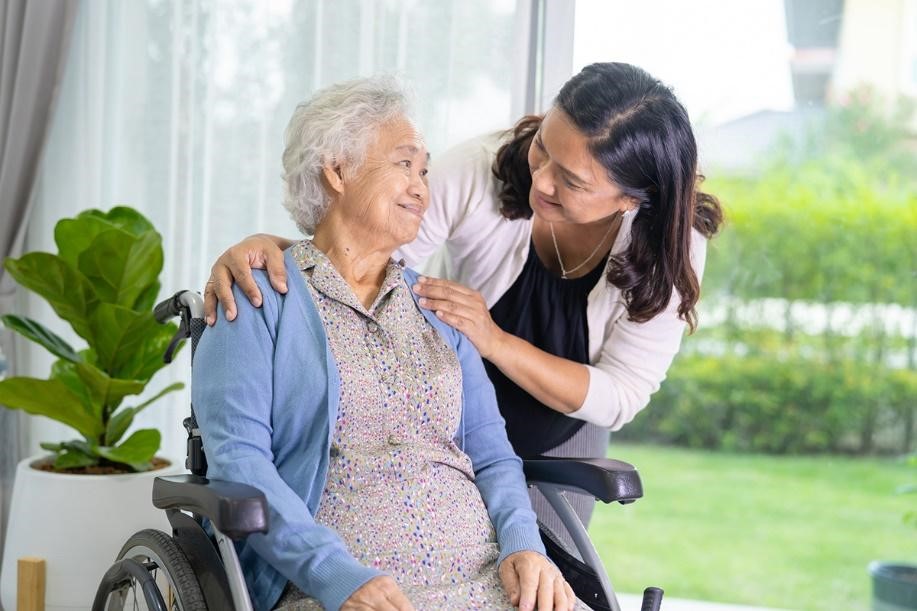
Diabetes is a complex disease. More than 30 million Americans live with its symptoms and complications, and another 1.5 million are diagnosed every year. Type 2 diabetes is the type that most frequently affects middle-aged and older people and it is common among seniors over the age of 65.
As a caregiver, chances are good that someone you care for will be diagnosed with diabetes. The good news is that the medical profession understands much more about care options and long-term treatment than they did in the past. Still, helping a patient enjoy a good quality of life requires careful management of the care plan, especially during advanced stages.
To provide the best possible care for patients, caregivers should understand how diabetes affects the body and how needs change over time.
How Diabetes Care Differs for Managed and Advanced Diabetes
Diabetes treatment usually includes oral medications, insulin injections or insulin pumps. Both type 1 and type 2 diabetes may also be treated with careful attention to diet, physical activity, weight management, and medications other than insulin. The goal of these treatments is to help the patient maintain a healthy blood glucose level, which will reduce the risk of complications.
Once the disease reaches an advanced stage, patients may begin experiencing additional symptoms such as hyperglycemia, frequent thirst, fatigue, and more frequent infections. Patients will need to continue insulin treatments and blood glucose testing to avoid serious complications, such as nerve damage, cardiovascular complications, kidney and eye damage.
How Caregivers Can Help Patients Manage Advanced Diabetes

It’s natural to be concerned for your patients, and caregivers often have questions about whether they are providing the right care. Here are some questions that may arise as you care for someone with diabetes:
- Am I Doing Enough? The patient’s care team is in the best position to keep tabs on the care plan. Don’t be afraid to ask questions if you don’t understand something, or if the care plan has changed. If you are concerned that you aren’t doing enough, check with your supervisor to get additional insight.
- What are the best ways to help? Follow the care plan and be sure you know what symptoms may indicate a change in the patient’s condition. Watch for indicators of high or low blood sugar and let someone on the care team know if you see a change. Remind the patient to take his or her medicine as prescribed, and follow any dietary guidelines carefully.
- How do I know when the patient’s need is outside my scope? If you notice a change in your patient’s health, talk to the care team. The patient may need a change in medication, or they may need assistance with administering insulin injections or other medical needs. This type of care is outside the scope of a home caregiver and should be brought to the attention of someone who can step in to assist.
- How should I ask for help? If you are unsure how best to help your patient, start by talking with your supervisor. He or she can help you evaluate the situation and determine the next step. Don’t be afraid to ask questions! The patient’s health and safety are your top priorities, so take whatever measures are necessary to be sure you understand the care plan and that the patient gets additional help if needed.
Are you looking to make a difference as a caregiver? Consider joining Cherished Companions in our mission to provide compassionate home care. As a top-ranked workplace in Ohio and the nation, we are looking for caregivers who share our commitment to quality, compassionate care for seniors and their families. Call or apply online today!






